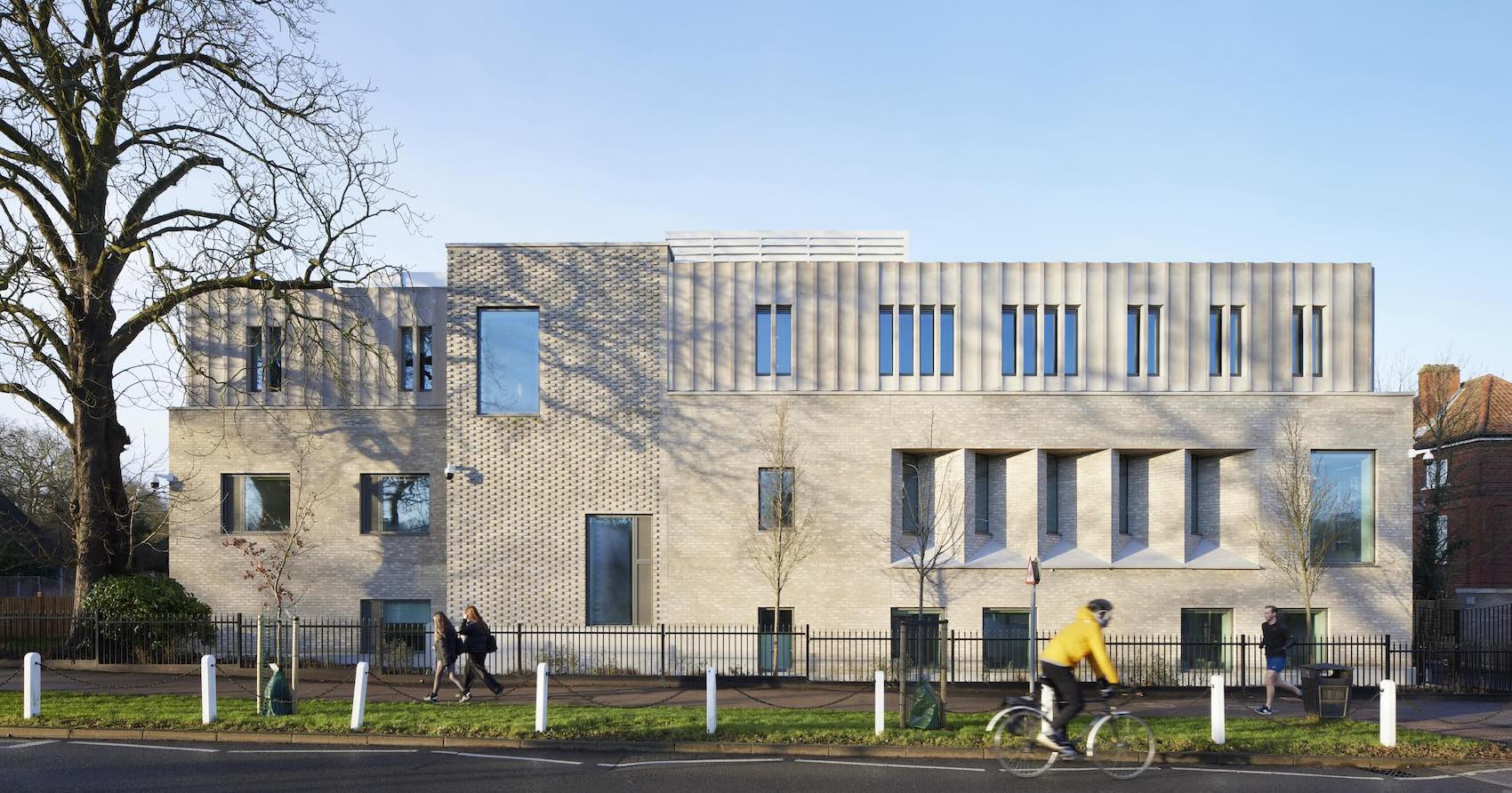AHMM’s deft reinvention marries the gravitas of historic civic architecture with an upbeat modernity that speaks of optimism and hope. If you ignore the empty bookshelves.
It’s hard to imagine a more uplifting or ambitious vote of confidence in local government than Tower Hamlets Town Hall. And harder still to comprehend how such an audacious project has come to be realised at such an inauspicious time.
From the neo-classical bombast of the Victorian city fathers to the functional rationalism of post-war reformers, town hall architecture has been a barometer of the health of local government. Right now, by any measure, the prognosis looks bleak. Boroughs from across the political spectrum are declaring themselves bankrupt. Others are in the final throes of death by a thousand cuts. Quite literally.
Since 2010, councils have seen cuts in central government funding by near on 60 per cent. Some £15bn worth of public assets have been sold off to plug the gaps. It’s not enough. Councils face a collective deficit of an estimated £3.5bn.
Somehow, against this backdrop, and against the odds, the abandoned former Royal London Hospital has risen triumphant as Tower Hamlets Town Hall. Part retrofit, part new-build, AHMM‘s deft reinvention marries the gravitas of historic civic architecture with an upbeat modernity that speaks of optimism and hope. Filled with light, lined with bookshelves, a glass-fronted public salon sends the clear message that this is a building for the many, not the few. The home of a council that cares for constituents’ intellectual welfare; that values literacy and education. A forum for new narratives, different perspectives, fresh ideas.
Well it would. If there were books. Initial plans for the town hall to house a library have been abandoned – there is, after all, a perfectly good library just across the road. Tower Hamlets’ newest, grandest, civic hall is lined with built-in empty bookshelves. As a commentary on the health of local government it could hardly be more eloquent. A cypher for intellectual impoverishment. A stark reminder of the inefficiencies that beset public-sector decision making.
A memorial to closed libraries and cancelled literacy programmes up and down the country. A permanent reminder of the books that never were.














